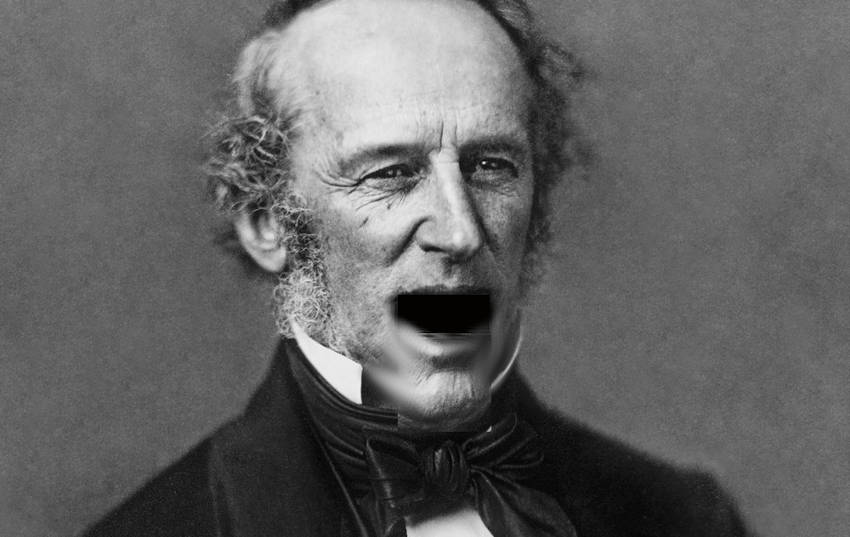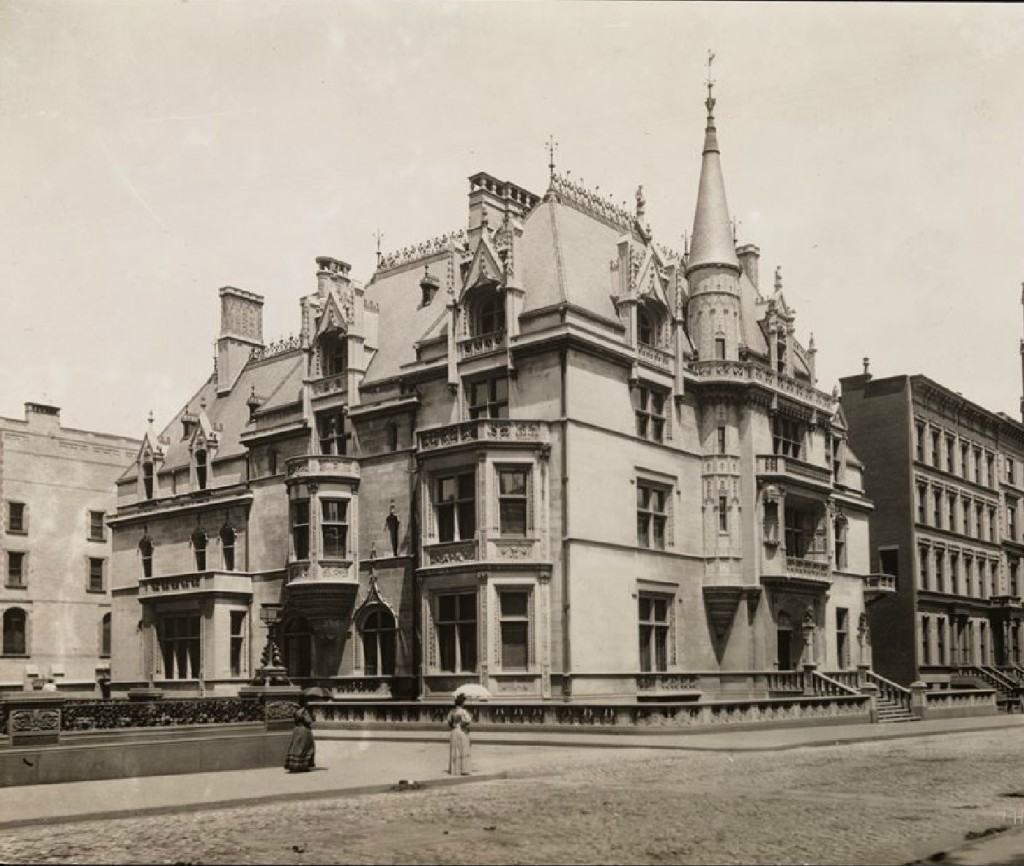I enjoyed reading this and gaining some knowledge on history as well as the greatest of all reminders…
Money earned must be spent on things that truly matter. Not on approval or acceptance of others.

A common adage among wealth advisors is “The first generation makes it, the second maintains it, and the third blows it.” Succeeding generations are left scratching their heads in wonder where the money went. No one epitomizes this better than the Vanderbilts.
Considered as the first tycoon, Cornelius “The Commodore” Vanderbilt, the patriarch of the family, amassed one of the greatest wealth of American history by monopolizing the shipment and railroad industries.
When the Commodore passed away in 1877, he left the majority of his fortune valued at around $100,000,000 to his oldest son according to the prevailing rules of primogeniture— a common practice to preserve the wealth of large estates in aristocratic society.
That eldest son managed to double the family’s fortune. But the irony is, within 30 years after his father’s death, no member of the family was among the richest people in America. By 1973, none of the 120 attendees at the Vanderbilt family reunion were millionaires.
Thanks mostly to Alva Smith-Vanderbilt, who married the Commodore’s grandson.
Here’s how the Vanderbilts squandered their family fortune.
The spending started when Alva wanted to crash the gates of New York’s high society, which closed its doors to “new money” like the Vanderbilts.
With the help of a renowned architect, she built the lavish Petit Chateau mansion at Fifth Avenue, Manhattan in 1878, for $3,000,000. It’s the equivalent to $70 million in today’s money. That’s a lot of money to spend just to win the society’s approval.

Of course, the Vanderbilts had other mansions. Their massive Long Island mansion, the Idle Hour, which caught fire in 1899, was rebuilt for $3,000,000. The Marble House in Newport, Rhode Island, was built for an astounding $11 million. $7 million of this was spent on 500,000 cubic feet of marble.
Other Vanderbilt heirs followed suit by building their own lavish mansions (all in 19th century dollars):
From the Renegade Millionaire blog, as quoted from the book “Fortune Children: Fall of the House of the Vanderbilts”:
“These country estates were not just bigger or more ornate than other millionaires‘ mansions. They rivaled the most significant country houses of England and the chateaus of France that had been passed down to titled descendants, generation to generation, since the Middle Ages. They were built to become precisely the American equivalent of these Old World Palaces, great ancestral homes that would proclaim for centuries, for all time, the prominence of the Vanderbilts. But it did not work out that way. Far from becoming ancestral homes, these monuments to limitless wealth, built for eternity, were hardly used for a lifetime. None was occupied by the next generation.”
I’ve recently visited the Biltmore mansion in Asheville, North Carolina. I have to agree, it was breathtakingly beautiful.

At 175,000+ square feet, it is the largest privately-owned house in America. The 250-room French Renaissance chateau boasts of a 70-foot high banquet room, an elevator, a bowling alley, and an indoor swimming pool, among others.
These magnificent but absurdly expensive mansions were designed to break through the gates of New York’s high society. Yet the Vanderbilts were still not invited to any high-profile balls and functions.

During the Gilded Age, the undisputed leader of the well-guarded elite group of the select 400 was Mrs. Astor (think of Forbes 400), who snubbed nouveau riches like the Vanderbilts.
But Alva had a plan. Using her unlimited resources, she threw the “Party of the Century,” inviting 1,000 of the richest families in New York, except for the Astor family, to get their attention.
According to the Portable NYC blog:
“Mrs. Astor had to drop her pride, drive her carriage up the street to Mrs. Vanderbilt’s house, and drop her calling card. Thus, Alva Vanderbilt was formally introduced to the leader of the society and ensured her place in the pantheon of Mrs. Astor’s 400.”
With the number of guests approaching 1,200, the total cost of the ball was $250,000 (equivalent to nearly 6 million dollars today), of which $65,000 was spent on champagne alone!
In the period near the turn of the 20th century, over 200 American heiresses married English lords. It’s no secret: American blood runs through British aristocracy’s veins, which desperately needed a steady infusion of cash.
“The foundations of its fortunes are crumbling. The revenues from the farming and agriculture, which supported these estates was falling away. That was really because of American wheat and the globalization of the agricultural business.” says Fiona Herbert, the 8th Countess of Carnarvon.
One of such heiress is 18-year-old Consuelo Vanderbilt, who was forced into a pre-arranged marriage by her mother, Alva. This meant paying a huge dowry— money in exchange for a duchess title. The Duke of Marlborough, Consuelo’s groom, desperately needed the windfall after inheriting a near-bankrupt dukedom.
In the end, the duke received $2.5 million in Vanderbilt railway stock shares as a wedding dowry. That’s the equivalent of $77 million in today’s dollars!
Whoever says money can’t buy class certainly didn’t know where to shop.
Like many wealthy families in the Gilded Age, the Vanderbilts were prone to excess: the houses and estates, huge parties, their quest for social acceptance and royal title, eventually brought their downfall.
If the Commodore was alive today, he would have exasperated in disbelief how fast his immense fortune— expected to last many generations—dissipated.
He would have given each heir, especially Alva, a big pop on the back of the head.
